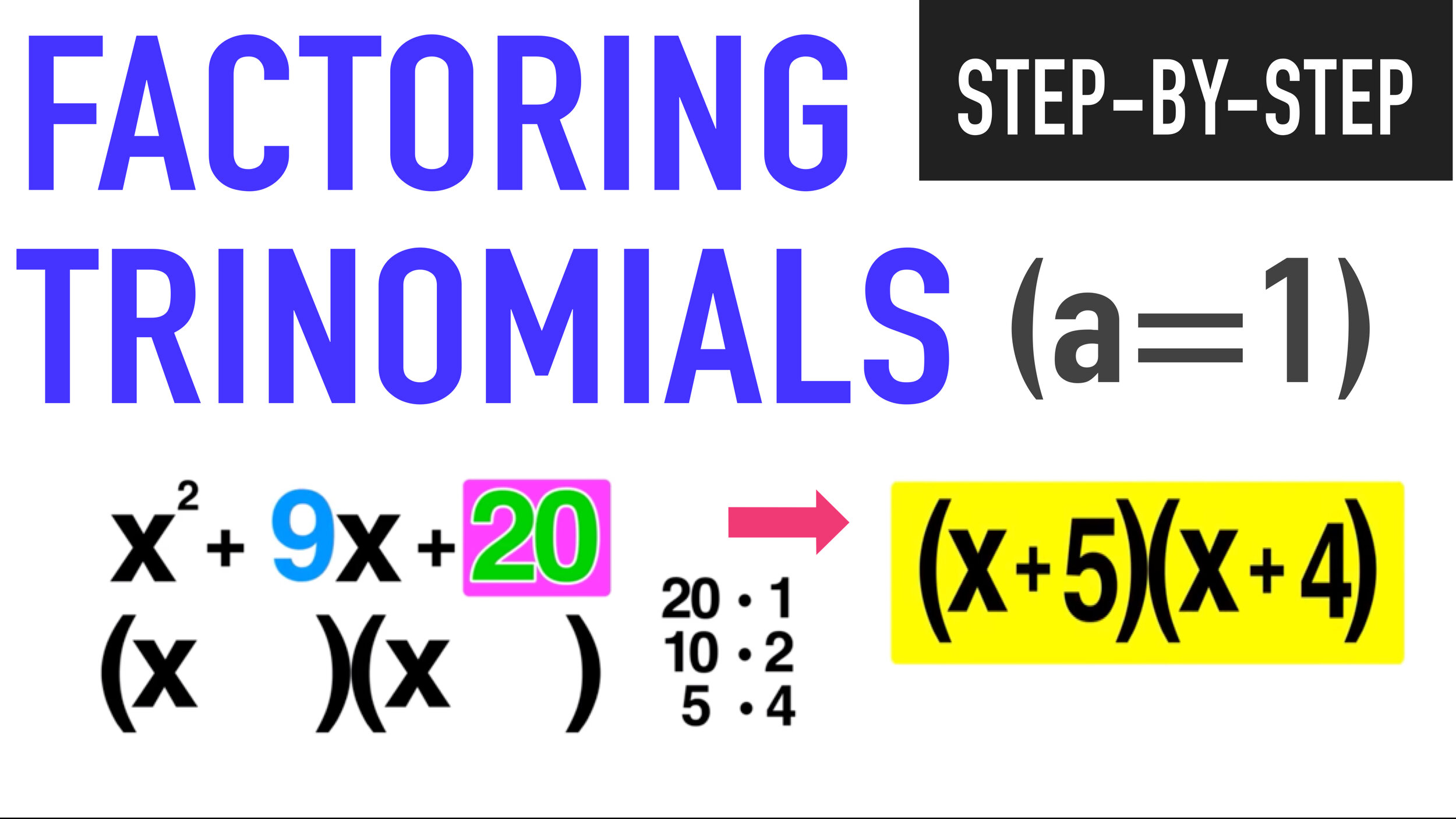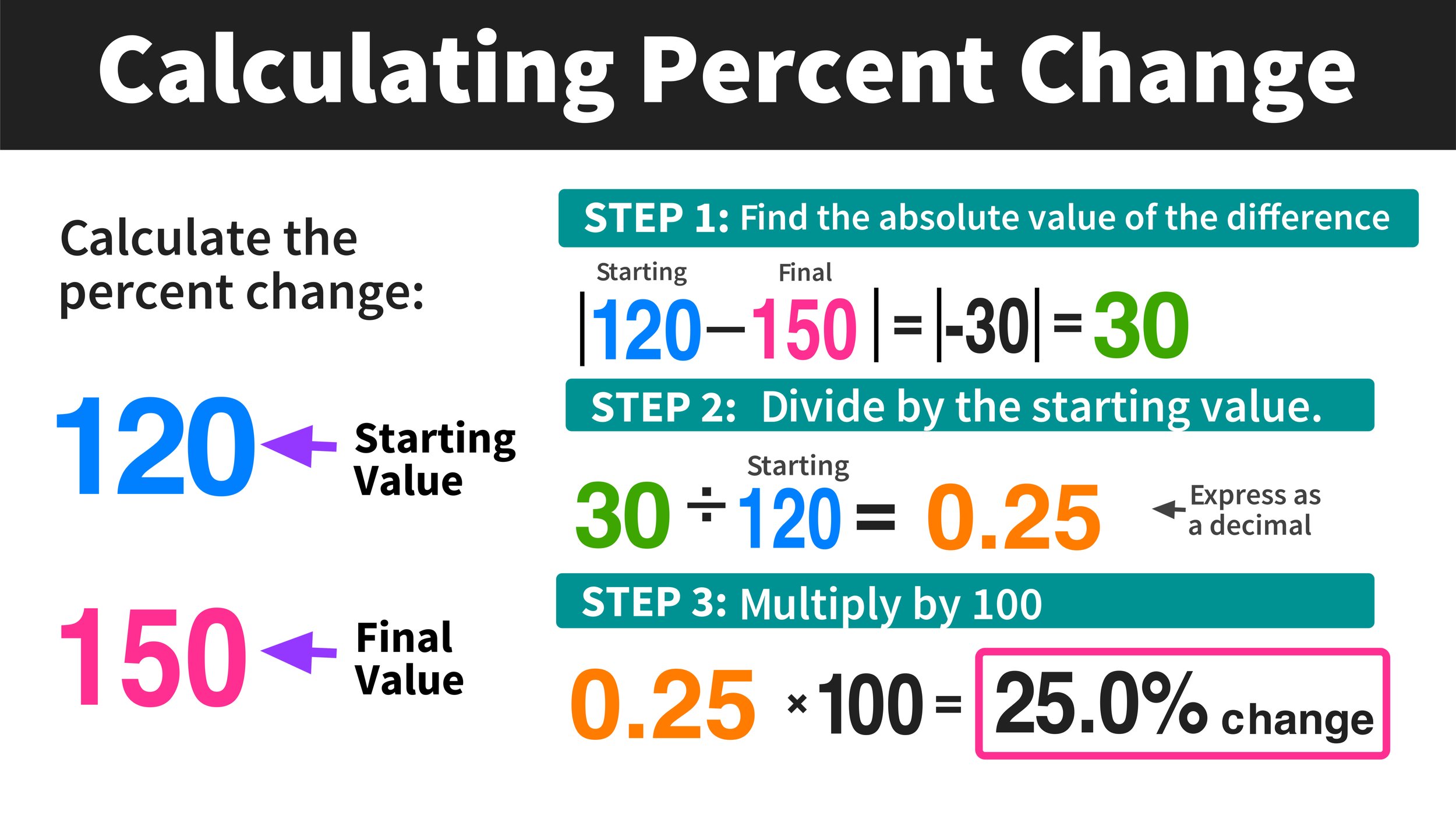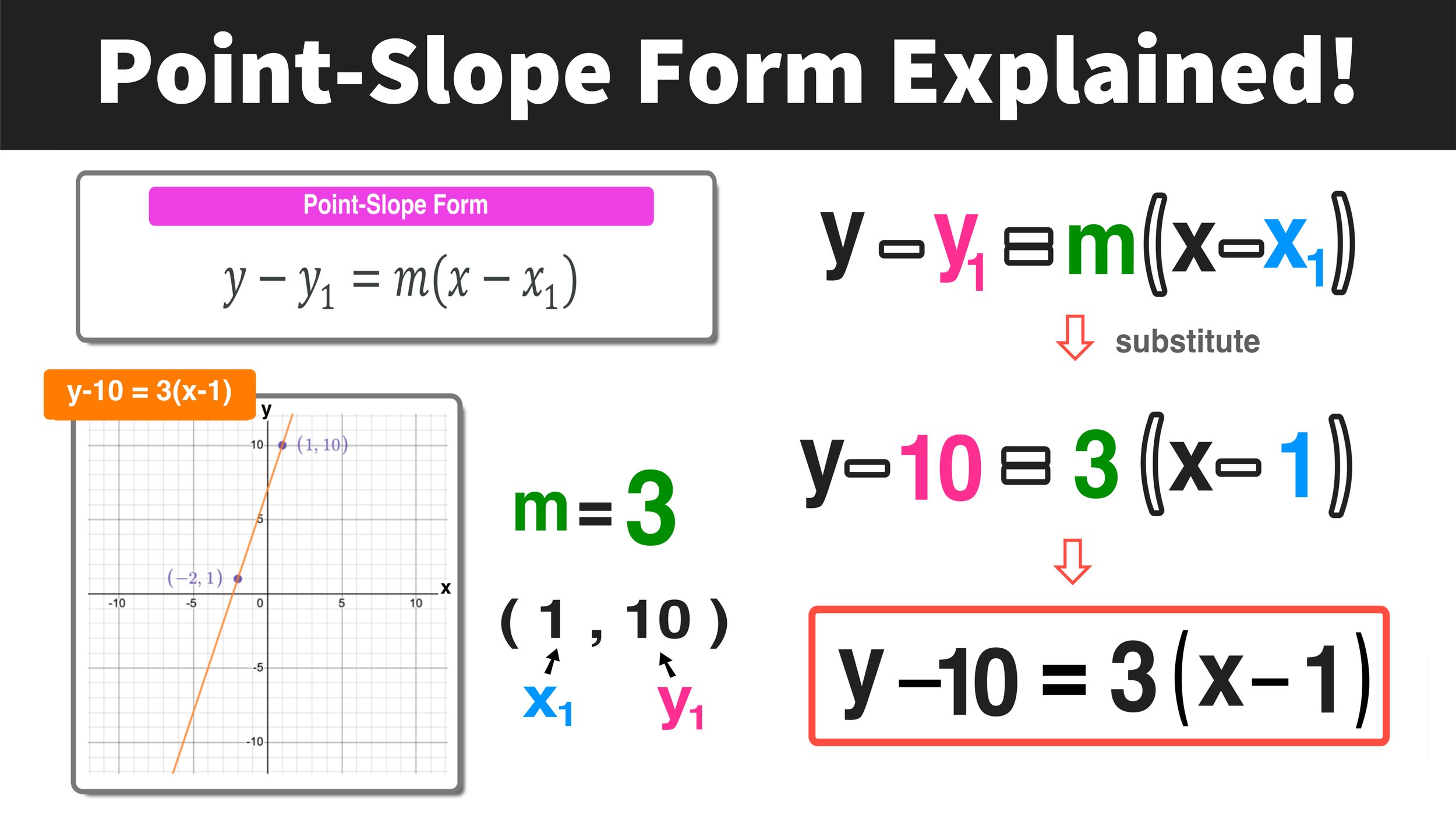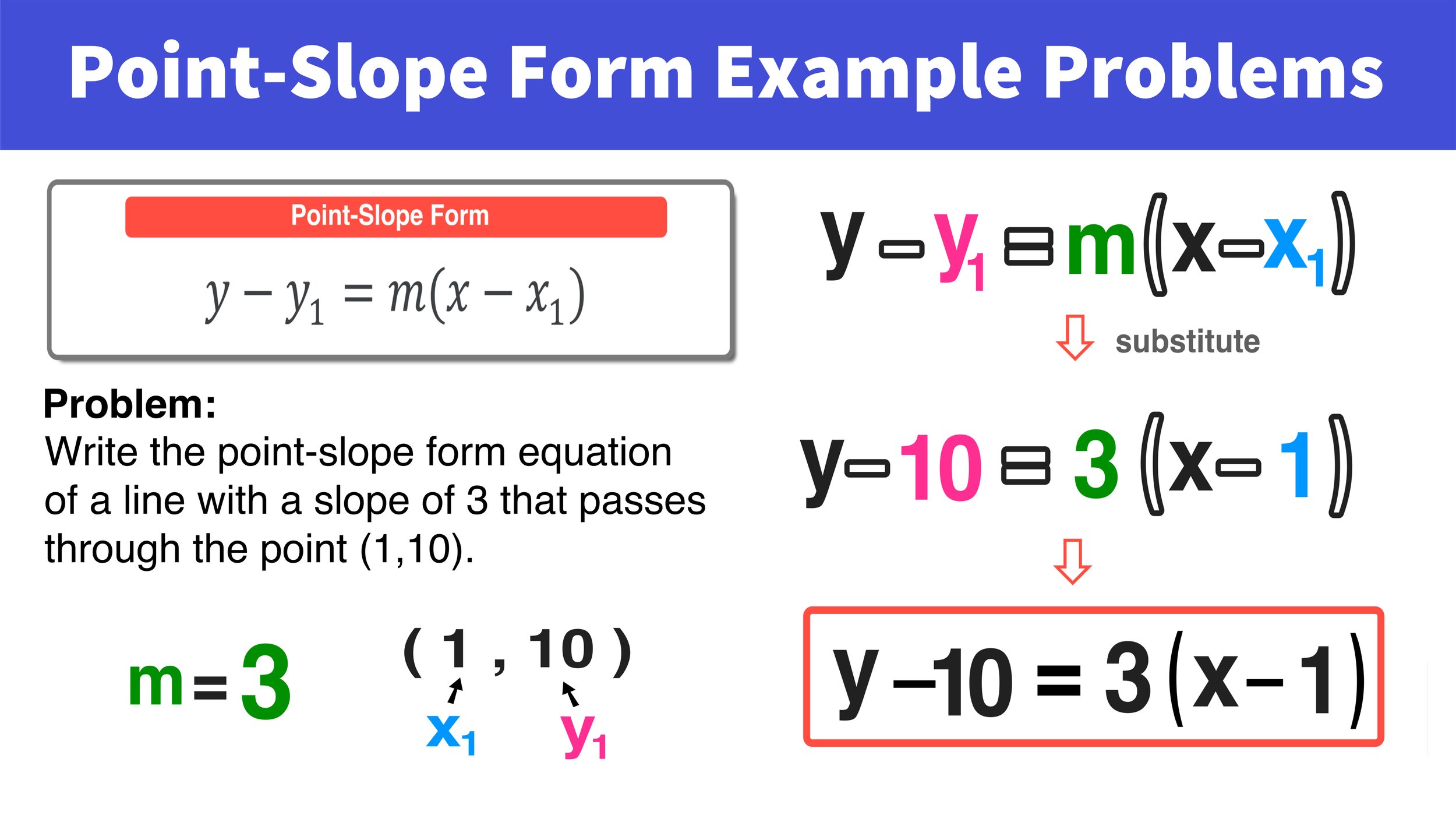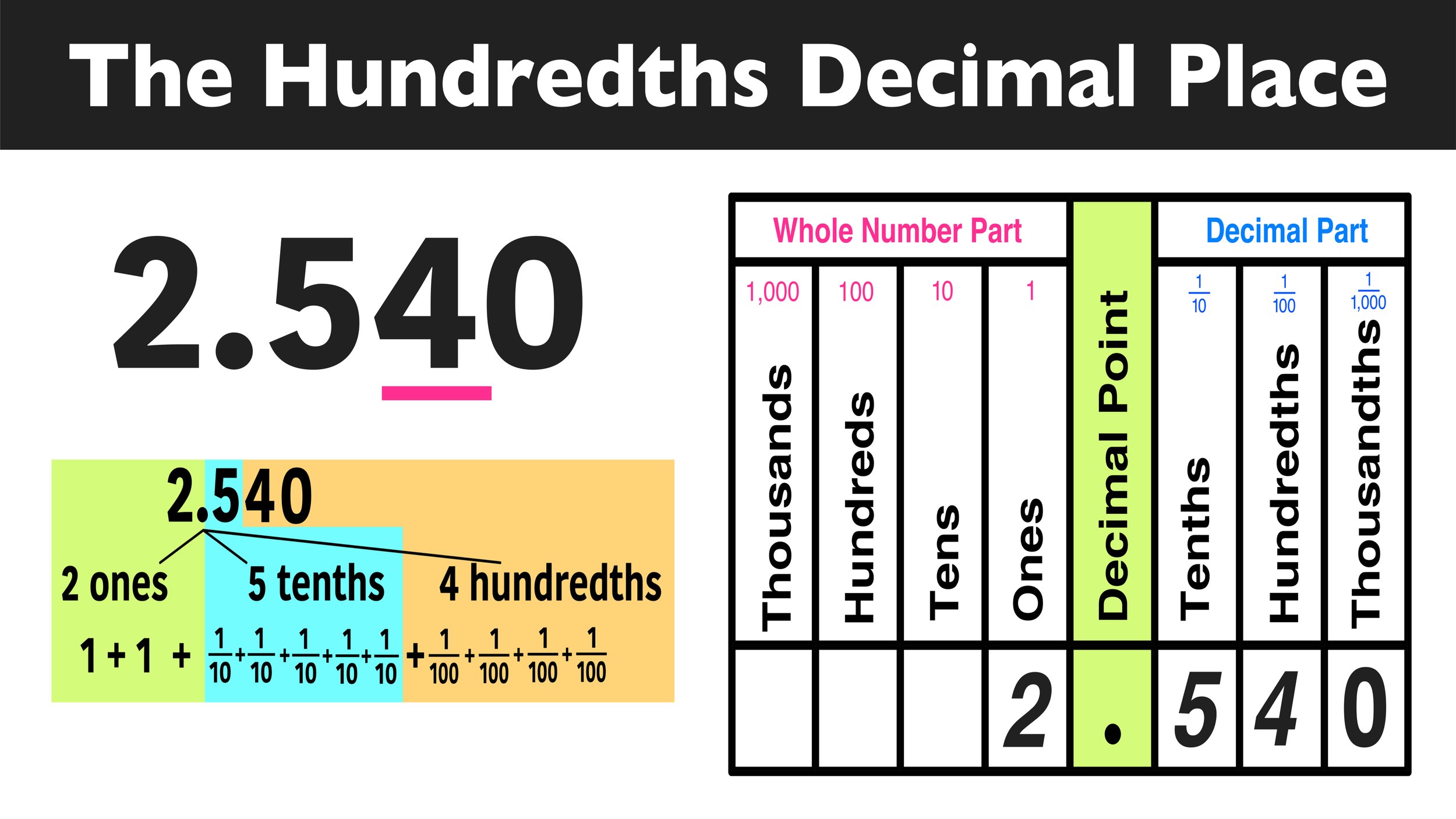Everything you need to know about the exponent rules!
Exponent Rules Explained
In algebra, exponent rules (also known as the laws of exponents), are a set of laws that you can use to simplify mathematical expressions that have exponents. In other words, exponent rules can be used to make complicated math expressions containing exponents much easier to work with.
Once you learn the rules of exponents, you will be able to use them to quickly and easily perform operations (adding, subtracting, multiplying, dividing, etc.) on expressions that have exponents.
The following free guide to Exponent Rules will describe and explain the rules of exponents are, what they look like, and examples of how you can use them to simplify expressions and solve math problems involving exponents.
You can use the quick links below to jump to any section of this guide, or you can follow along step-by-step.
By the time that you reach the conclusion of this free guide on the rules of exponents, you will have a deep understanding of how to apply the exponent rules to simplify and solve math problems.
Are you ready to get started?
Before we start learning about the exponent rules, let’s do a quick review of exponents and cover some key vocabulary terms that you will need to be familiar with in order to make the most out of this guide.
Figure 01: The number 5 raised to a power of 3.
Quick Review: Exponents
In math, an exponent is a number or a variable at the top right of a base number or expression. The value of the exponent tells you what power the base number will be raised to.
For example, the expression 5³ has a base number of 5 and an exponent of 3. This expression means that the base number, 5, is being raised to a power of 3, meaning:
5³ = 5 x 5 x 5 = 125
In short, an exponent tells you how many times to multiply the base number by itself.
Now that you understand the basic definition of an exponent, it’s time to move onto learning about the Exponent Rules.
What are the Exponent Rules?
The rules of exponents are a collection of specific ways to simplify math expressions involving exponents.
The chart in Figure 02 below shows all of the exponent rules. You can click the link below the chart to download a PDF copy which you can print out and use as a reference whenever you need to.
Below the chart, you will find a section that explains each individual exponent rule along with examples.
Figure 02: The Exponent Rules
Exponent Rules: Zero Exponent Rule
The first exponent rule described in this guide will be the zero exponent rule:
a⁰=1
Figure 03: The zero exponent rule.
The zero exponent rule states that any number, variable, or expression raised to the zero power is equal to 1.
For example:
8⁰=1
x⁰=1
(a+b)⁰=1
Pretty simple, right?
To understand the zero exponent rule, you only have to remember that anything raised to the zero power is equal to one.
Exponent Rules: Product Rule
The next exponent rule that we will cover is called the product rule:
a^b x a^c = a^(b+c)
Figure 04: The product exponent rule.
The product rule of exponents applies whenever you have to multiply two or more expressions that have the same base.
The rule goes as follows: whenever you have to multiply two expressions with the same base value, you can simplify the expression by adding the exponents together and keeping the base value the same.
For example:
4³ x 4² = 4⁵
m² x m² = m⁴
(a+b)⁵ x (a+b)³ = (a+b)⁸
Are you wondering where the product exponent rule comes from, let’s take a closer look at the example:
4³ x 4² = 4⁵
We can rewrite each individual expression as follows:
4³ = 4 x 4 x 4
4² = 4 x 4
Therefore,
4³ x 4² = 4 x 4 x 4 x 4 x 4 = 4⁵
The product rule allows you to simplify the expression 4³ x 4² as 4⁵. They both mean the same thing!
Before we move onto the next rule of exponents, note that the product rule only applies when the expressions have the same base value!
Exponent Rules: Quotient Rule
Our next stop on our chart of the rules of exponents is called the quotient rule.
The exponent rule comes into play when you have to divide two expressions with exponents that have the same base value.
The quotient rule of exponents goes as follows:
a^b ➗ a^c = a^(b-c); or
(a^b)/(a^c) = a^(b-c)
Figure 05(a): The quotient exponent rule with a division symbol.
Figure 05(b): The quotient exponent rule with a fraction.
Whether two expressions with the same base are being divided using a division sign (as shown in Figure 05(a)) or with a fraction (as shown in Figure 05(b)), you can simplify the expression by subtracting the second exponent from the first exponent and keeping the base value the same.
For example:
8⁸ ➗ 8² = 8⁶
8⁵ / 8² = 8³
n¹⁰ / n⁸ = n²
(a+b)⁹ ➗ (a+b)² = (a+b)⁷
Remember that the quotient exponent rule only applies if both expressions have the same base value.
Exponent Rules: Power of a Power Rule
What happens when you take an expression with an exponent and raise it to another power?
In case like this, you can use the power of a power exponent rule, which states that, whenever you have a base number, variable, or expression with an exponent raised to another exponent, the expression can be simplified by multiplying the two exponents together and keeping the base value the same.
(a^b)^c = a^(bc)
Figure 06: The power of a power exponent rule.
Whenever you have a single base with two exponents in a row, you can simplify the expression by multiplying the two exponents together, for example:
(9³)⁴ = 9¹²
(y²)² = y⁴
(x⁷)³ = x²¹
The power of a power exponent rule is a useful law of exponents that you can use to simplify complicated expressions involving multiple exponents.
Exponent Rules: Power of a Product Rule
What happens when you take an entire product and raise the entire thing to a power?
In cases like this, whenever you are raising a product of two numbers inside of a set of parentheses by an exponent, you can distribute the exponent and apply it to each term of the product as follows:
(ab)^c = a^b x a^c
Figure 07: The power of a product exponent rule.
In cases when your base is a product raised to an exponent, you can distribute the exponent to each term, for example:
(ab)³ = a³b³
(xy²)³ = x³y⁶
(m²n³)⁴ = m⁸n¹²
The power of a product exponent rule is one of the most important and use exponent rules on our list! Make sure that you feel comfortable with how to use it before moving onto the next law of exponents.
Exponent Rules: Negative Exponent Rule
The final exponent rule that we will cover in this guide is the negative exponent rule, which states that:
a^-b = 1/(a^b)
Figure 08: The negative exponent rule.
The negative exponent rule states that any number, variable, or expression raised to a negative power can be rewritten as a fraction with one in the numerator and the same original expression in the denominator, but with the negative sign removed from the exponent.
For example:
8^-2 = 1/(8^2)
x^-7 = 1/(x^7)
(a+b)^-4 = 1/((a+b)^4)
That’s all that there is to it! If you ever have to solve a problem that requires you to give an answer that includes only positive exponents, the negative exponent rule will come in handy.
Conclusion: Exponent Rules
In math, you will need to be able to work with expressions that have exponents, and being able to simplify them quickly and correctly is an important skill. By learning and understanding the rules of exponents, you can easily simplify exponents in a variety of situations. Whenever you need to review the exponent rules, we encourage you to revisit this guide for a quick refresher.
Need More Help?
Check out our animated video lessons on the power to a power rule and the product to a power rule.














